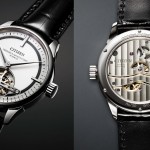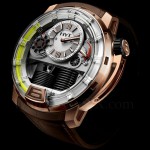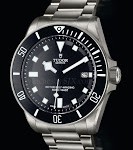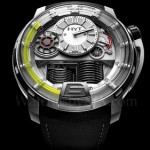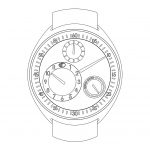Explained: Bovet Solves Daylight Savings Time in the Wristwatch
The Récital 28 with 24 rollers.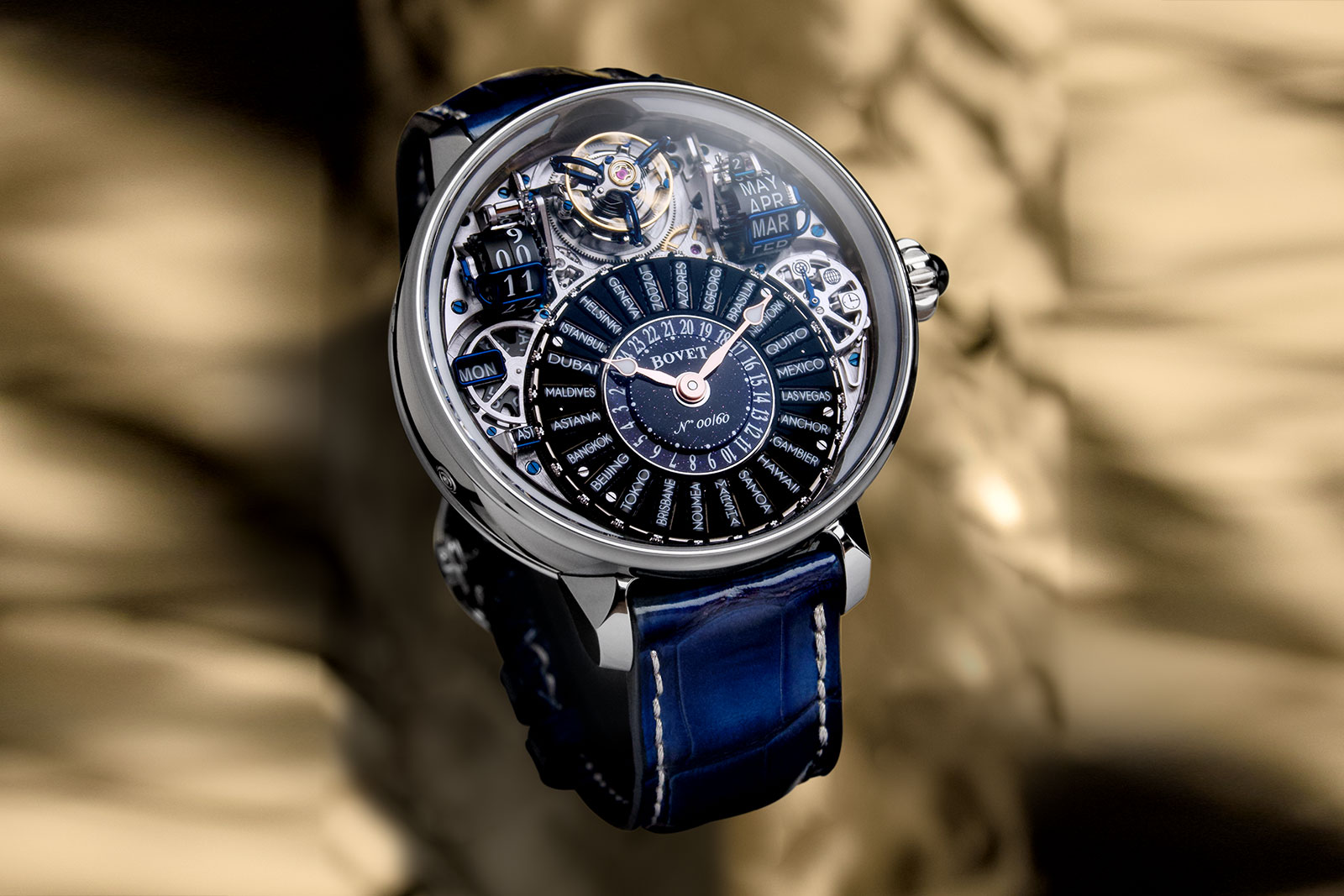
The Bovet Récital 28 Prowess 1 is an ingenious solution to an age-old problem: accounting for daylight saving time (also known as summer time) in a multi-timezone wristwatch. Despite the seemingly simple nature of the problem, the solution is extraordinarily complicated, requiring two dozen rollers and many more gears and springs.
With its roller-based world time mechanism, the Récital 28 can easily switch between showing summer or winter in both Europe and America, making the first-ever wristwatch able to do that.
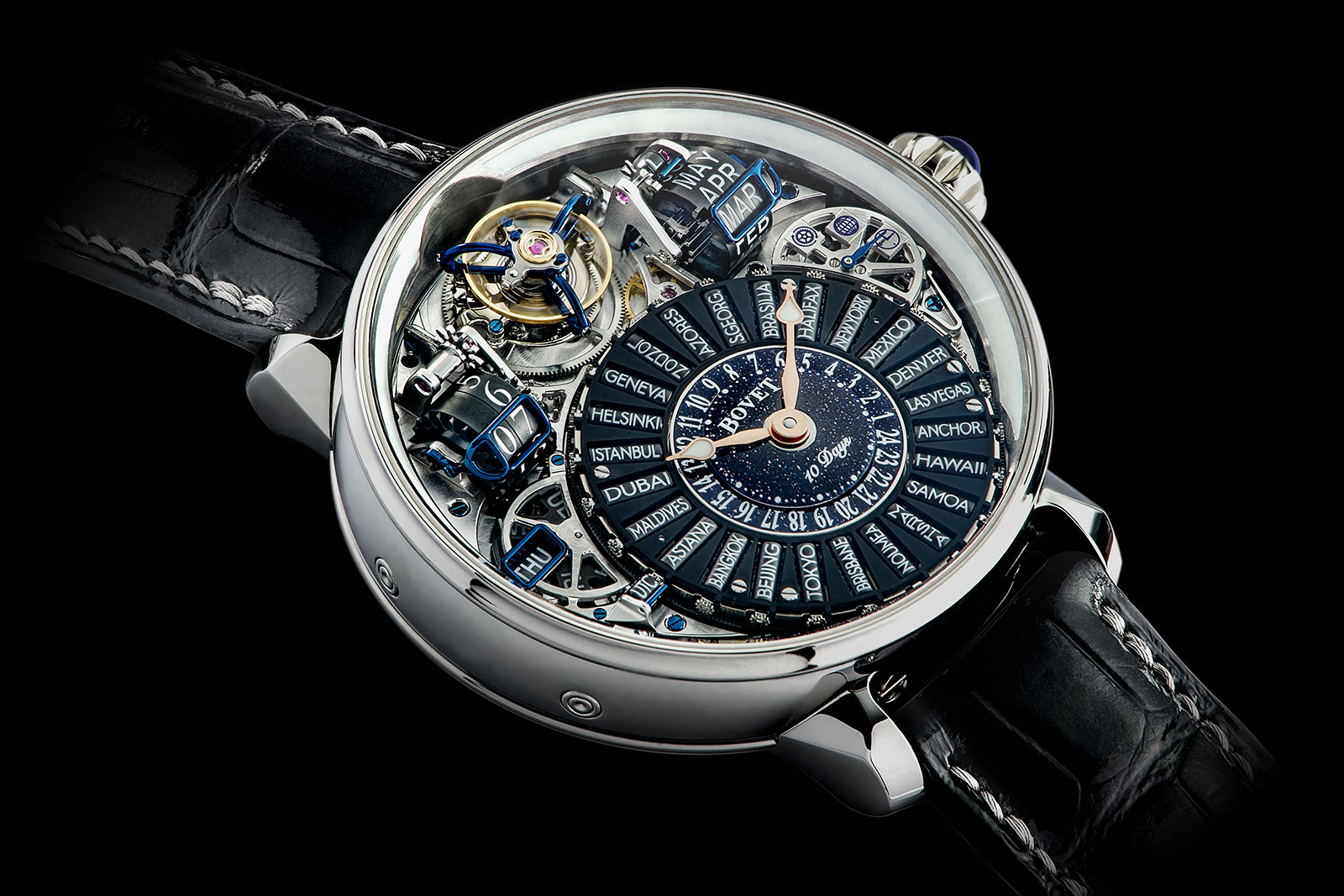
Initial thoughts
Bovet’s complicated watches are usually enormous, intricately mechanical, and sometimes extravagantly decorated, sometimes sporting pearls, diamonds, and enamel work. The Récital 28 is less decorative but intensely mechanical. With clever engineering, the calibre inside addresses one of the longstanding challenges of a travel-time watch, accounting for daylight saving time (DST).
The cleverness of the Récital 28 lies in its rollers, which each have four positions. This allows time zones to be easily backwards or forwards in accordance with DST. Even though the solution is straightforward in principle, executing it is immensely complex. In order to accommodate its many functions, the R28-70-00X movement incorporates multiple subassemblies that make it a unique proposition.
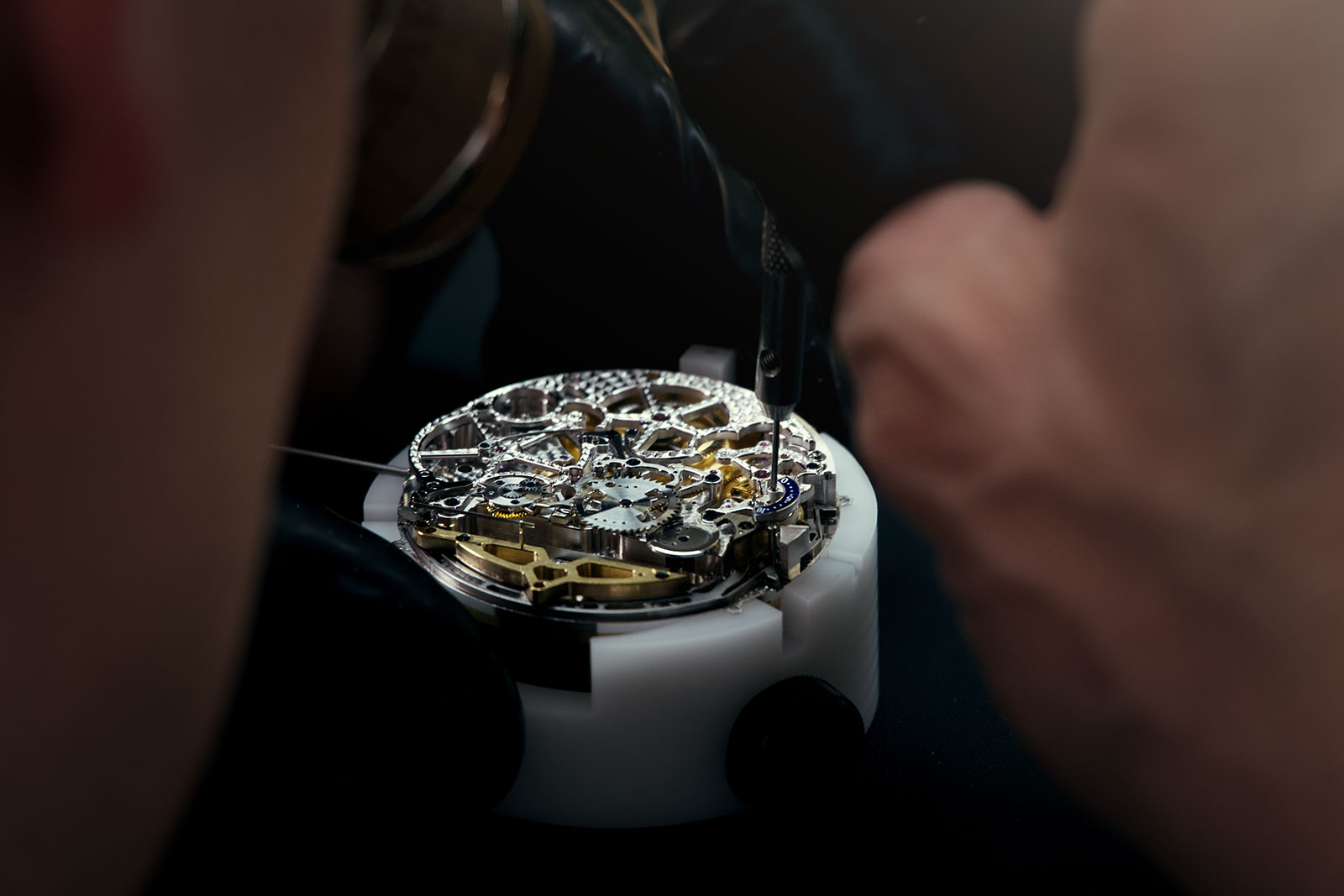
As a result, the movement in the Récital 28 is unusually complicated, especially for what is essentially a world time watch. Its part-count of 744 puts it in grand complication territory. Operating the world time mechanism, however, is easy and requires just pushing the crown to select the time system.
The complexity, however, translates into size. The Récital 28 is enormous, even by the standards of grand complications. The case is over 46 mm in diameter and almost 18 mm at its tallest point (the case profile slopes downward towards six o’clock). The size is not merely cosmetic as the movement fills practically the entire case, but it is almost impractically large.
Like all Bovet complications, the Récital 28 is developed and manufactured in-house, reflecting Bovet’s high level of vertical integration. With its gargantuan case and equally large price tag (of CHF650,000), it is clearly intended for a specific type of traveller, but it is an achievement.
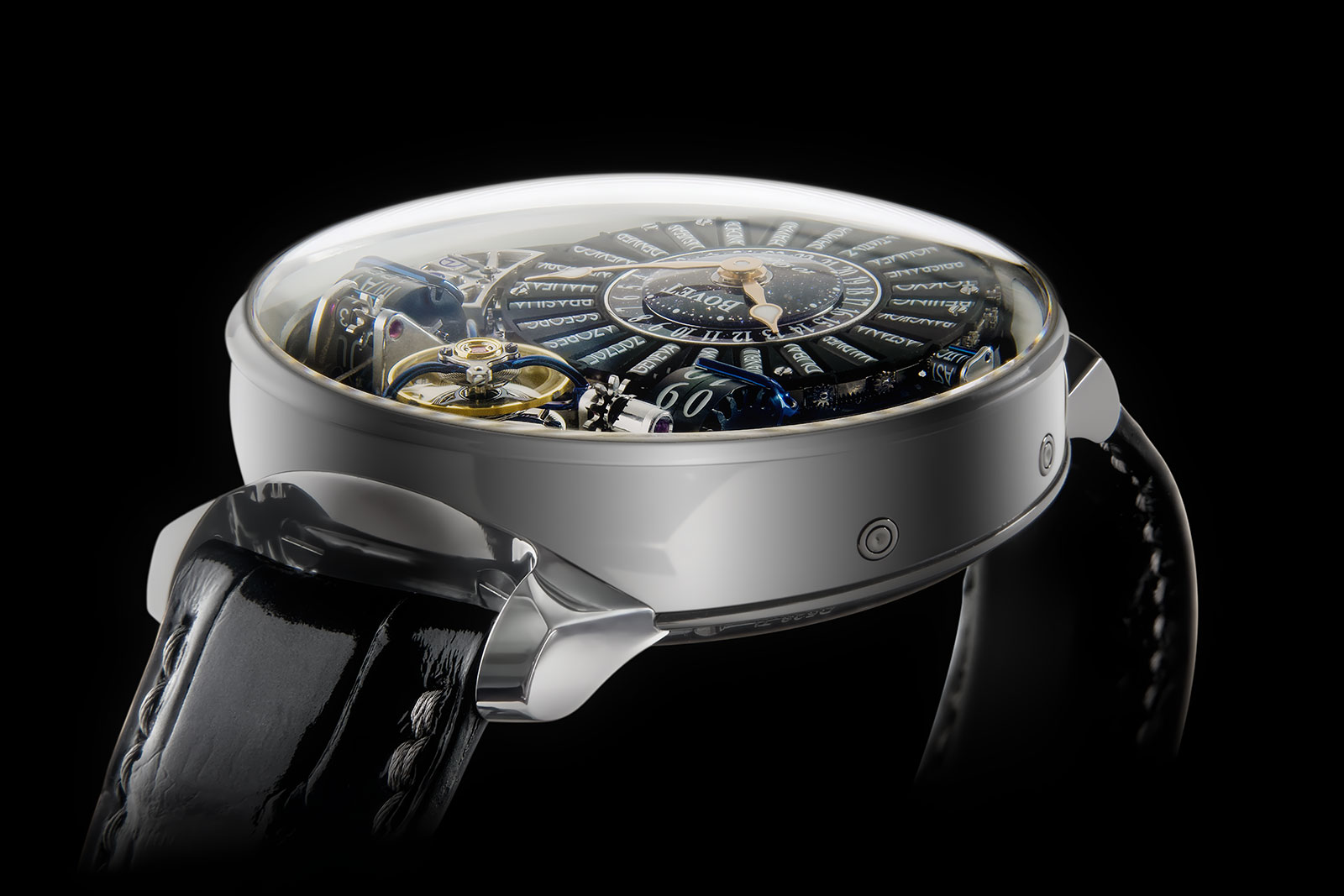
A clever, complex solution
It is obvious the Récital 28 isn’t a-run-of-the-mill world time display with a 24-hour scale and cities disc, but instead a three-dimensional display that conveys the same information. The cities indicator is made up of 24 individual rollers, each corresponding to one of the 24 standard time zones. The rollers are arranged radially, each representing a city as in the classic Louis Cottier world-time system, making the layout familiar and easy to read. The purpose of the rollers is to accommodate the seasonal changes to time zones as a result of varied DST formats across the globe.
DST was introduced sometime in World War I to make full use of available sunlight and save on the costs of artificial illumination. The practice was reinstated during the World War II and eventually became standard practice in most of Europe and the United States.
Not all countries abide by DST, and even those that rely on DST do not utilise the same system. As a result, as the seasons change, this can lead to confusion as some countries in the same geographical area change their time zones, while others don’t. Today, there are three distinct DST system: American Summer Time (AST), Europe and America Summer Time (EAS) and European Winter Time (EWT).
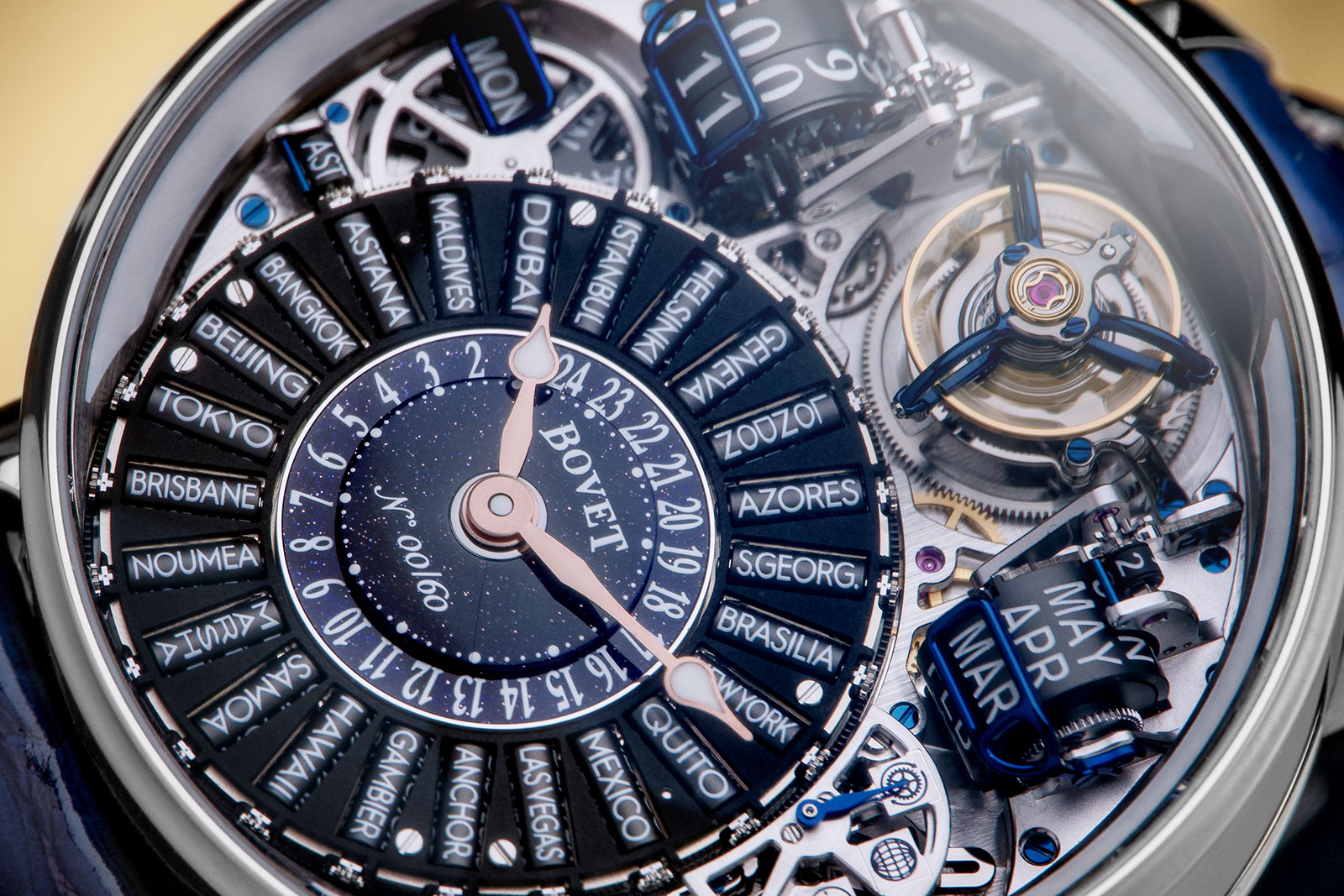
The Récital 28 is mechanically programmed to take each system and its respective time zone changes into consideration, with the time zone indications automatically adjusting alongside the DST system selected. The wearer only needs to push the crown to select the time system to display on the dial – UTC, AST, EAS or EWT – which is indicated at eight o’clock by a small roller.
Each roller can turn 90 degrees, resulting in four possible positions, making up to four city displays per roller. “London” for instance, will move forward by one position in March as DST begins, and then back to its original position in October as DST ends.
While the mechanical assembly that functions as the “brain” of the world time display is mostly hidden from view, a large black crown gear that encircles the world time dial is visible. This gear is linked to each roller via pinions on the end of each roller, allowing the gear to control the positions of all the rollers at once. This approach is interesting and arguably pragmatic, but likely demands a high level of precision during assembly and adjustment due to the minute tolerances needed to ensure each rollers rotates and stops perfectly.

Selector showing the different crown functions
More rollers for the calendar
The Récital 28 also incorporates a perpetual calendar presented in an unusual manner. The calendar has almost all its indications on rollers, contributing to the three-dimensional nature of the dial.
Both the date and month are on large rollers at two and ten o’clock respectively, a system that is heavier than a date hand, requiring more power to be set in motion and stopped. Notably, the date is actually a retrograde indicator, meaning the drums rolls back at the end of the month. Bovet developed a dampening system specifically for the rollers, so they come to a halt in a more controlled manner when they roll back to zero.
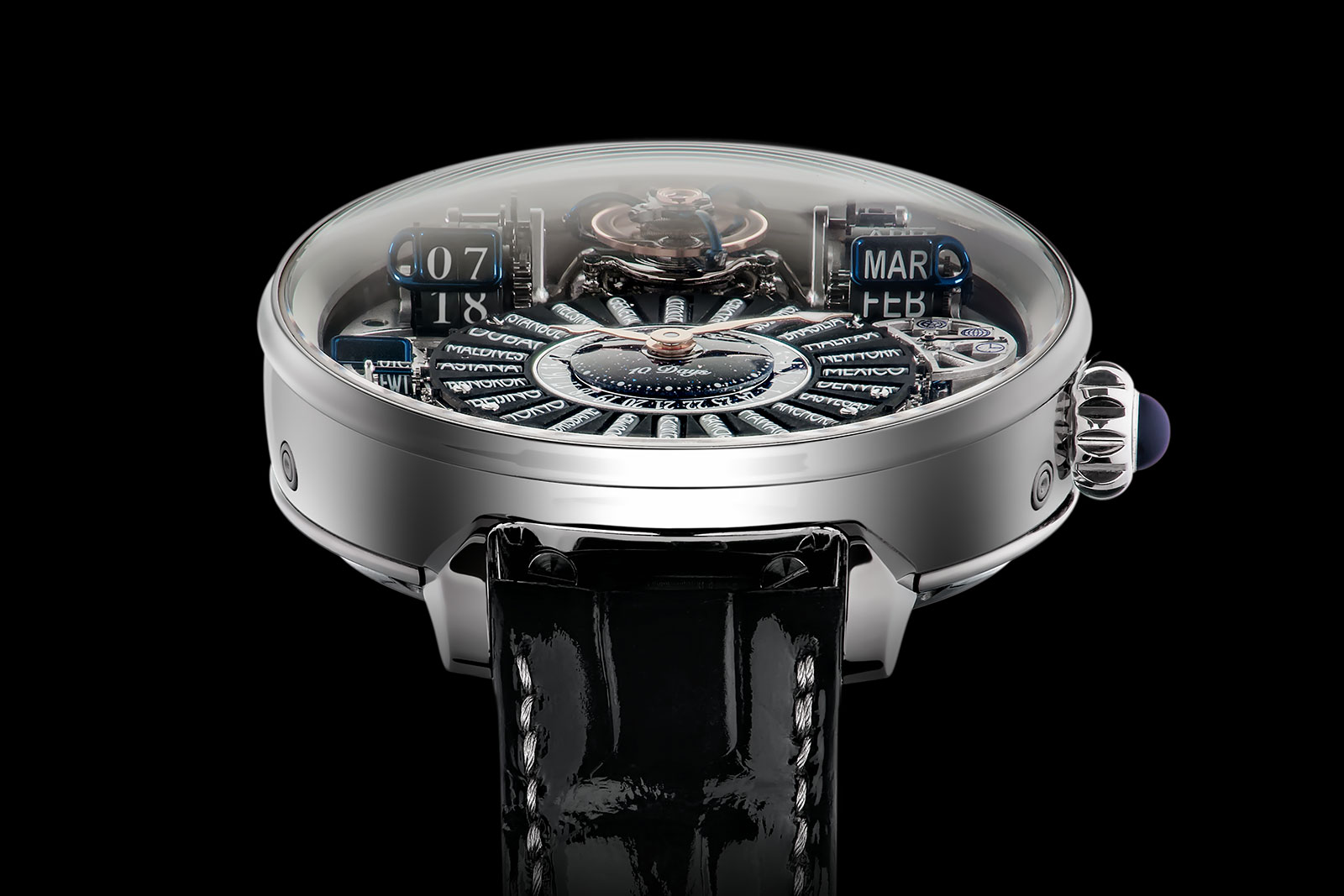
Arranged symmetrically on the other side of the dial is the month indicator and just above it, the leap year roller. The day is indicated by a disc shown in a window at nine o’clock.
Again, the choice of gearing for the calendar is intriguing. The date roller seems to be run by a distinctive pin wheel that is reminiscent of the lantern gears in old clocks. Also, the large pinions are particularly appealing, with their elegant ogive teeth giving a sense of mechanical tangibility.
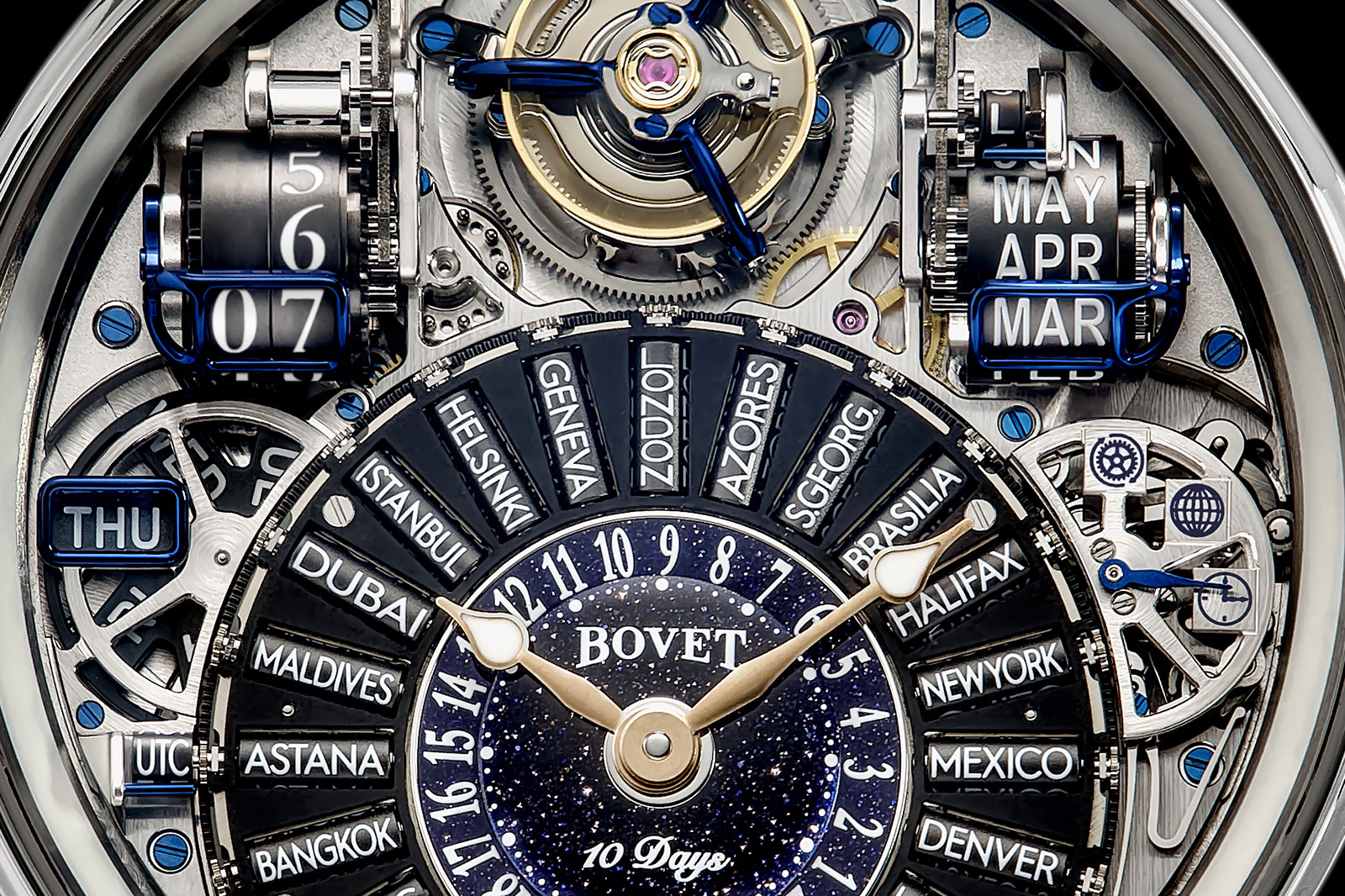

The date rollers
On the reverse, the heavily open-worked movement reveals the perpetual calendar works. The calendar mechanism is based on the classic 12-month cam and “grand” lever, but tweaked as to accommodate the roller displays. The calendar is also set the conventional way, with recessed pushers on the case that require a stylus to operate.
The back also includes a small power reserve indicator and shows off part of the gear train and keyless works under the calendar gearing.
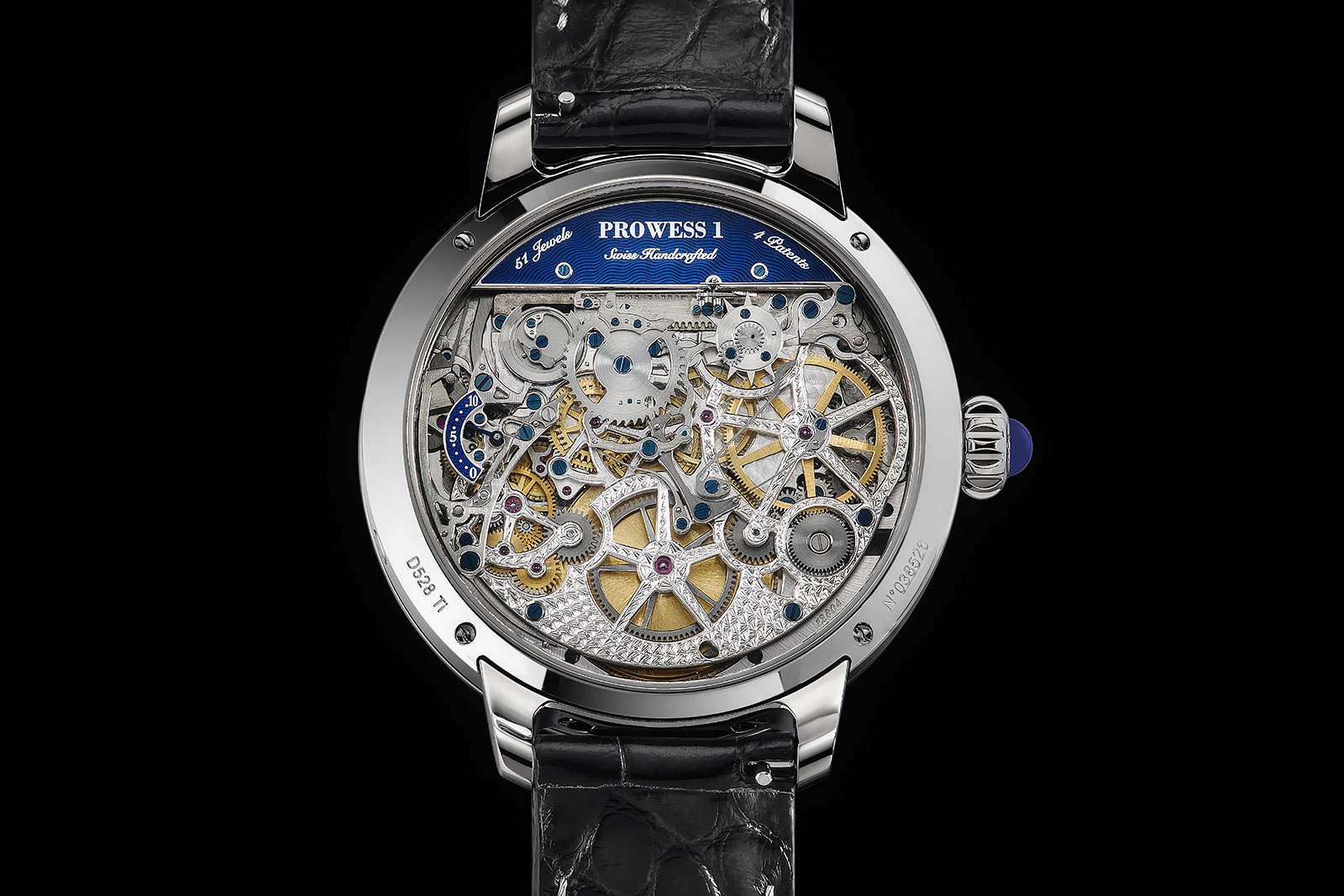
Calendar works partially revealed
The Récital 28 also features a flying tourbillon regulator visible on the dial at 12 o’clock. Described by Bovet as a “double-sided” flying tourbillon, it features a patented architecture with an alternative anchoring system that allows it to be visible on both sides of the watch in certain movements (but not here due to the calendar mechanism).
Due to the construction, the escapement is mostly concealed under the lower cage, leaving the free-sprung balance to seemingly pulsate on its own. The balance beats at a leisurely 2.5 Hz pace, reminiscent of classic pocket watches.

The double-sided flying tourbillon with the in-house made flat hairspring
Equally impressive is the power reserve. The Récital 28 runs for 240 hours, or 10 days, on a single barrel. This is an achievement considering the many complications powered by the single mainspring, though it does raise questions about timekeeping towards the end of the power reserve. As the torque from the mainspring declines sharply as it winds down, the amplitude of the balance wheel correspondingly declines.
Already the torque variance from such a large barrel is noticeable on its own. Add to that the power-intensive tourbillon and perpetual calendar complications, and the timekeeping rate deviation will likely be exacerbated at the end of the power reserve. The movement’s constructors presumably incorporated a stopwork to address this problem; forcing the mainspring to stop before its torque declines to a specific level. A more natural choice would have been two smaller, stacked barrels linked in series, with a smoother and more consistent torque curve across the power reserve.

The large barrel is visible through the open-worked bridge
Key Facts and Prices
Bovet Récital 28 Prowess 1
Diameter: 46.3 mm
Height: 17.85 mm
Material: Titanium, red gold, and platinum
Crystal: Sapphire
Water resistance: 30 m
Movement: R28-70-00X
Functions: Hours, minutes, double-sided flying tourbillon; world time with cites on rollers and DST function; perpetual calendar with rollers for the date, month and leap year
Winding: Hand wind
Frequency: 18,000 beats per hour (2.5 Hz)
Power reserve: Ten days
Strap: Alligator with folding clasp
Limited edition: Eight per year
Availability: Only at Bovet retailers and boutiques
Price: CHF650,000 before taxes
For more information, visit Bovet.com.
Back to top.

